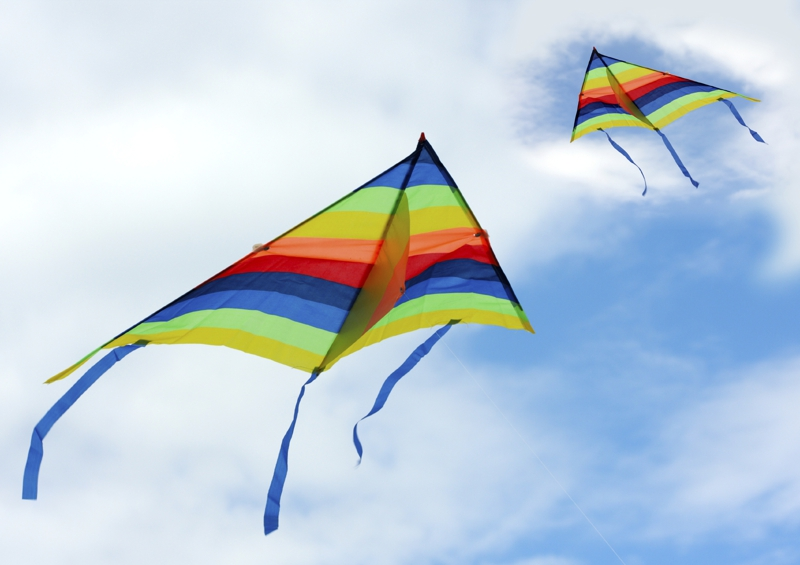The Wisconsin Kiters Club, a group of about 120 active members, is planning a roundup at Dodge County Fairgrounds on July 19 – 21.
The public is welcome at the roundup and there is no admission charge. If weather conditions are favorable there will be night kite flying.
Participants come from all over Wisconsin and Illinois to join in on the fun. It will not be unusual to see a kite that is 15 feet across and those in the club arrive with vans full of kites to fly.

Since the early 1970s, the Wisconsin Kiters Club Roundups have been held in Dodgeville, at Wayland Academy, Prairie View Elementary School and now the Dodge County Fair Grounds.
Kites have been used since 1000 BC for both military actions and civic projects. In the United States kites were used during the Civil War and to build projects that look impossible.
One such project took place between Canada and the United States. In 1849 engineers were baffled as to how to begin building a bridge across the Niagara River below Niagara Falls near Buffalo, N.Y. The current of the river was too swift for the safe operation of a boat and in the winter the ice piled up so high that no one could climb over it.
Engineer T. G. Hulett dreamed up an idea and announced “We’ll have a kite flying contest. I’ll pay $10 to the boy who can fly his kite across the river to Canada. We’ll announce the contest at school.”
Homan Walsh, a young boy in school really wanted that prize. He tried all day and into darkness on the day of the contest, but his kite caught on a block of jagged ice in the stream and was lost. He went home and built another kite, appearing at the river which was in the 800-foot gorge, the next morning and told Mr. Hulett, “I want to try again.” The engineer told him he could try as long as he wanted.
Homan’s kite soared toward Canada and Homan tied a piece of clothesline to the end of the kite string letting the kite come slowly down on the Canadian shore. Men waiting on the shore pulled it across the river and secured it. Next a series of heavier lines and eventually cables were drawn across the river, allowing for work to commence on the first railway suspension bridge connecting the United States with Canada.
Homan’s kite became known as the kite that “built an international bridge.”
Story By: JULIE FLEMMING Special to the Citizen
Original article at: Beaver Dam Daily Citizen | wiscnews.com/bdc





Leave A Comment